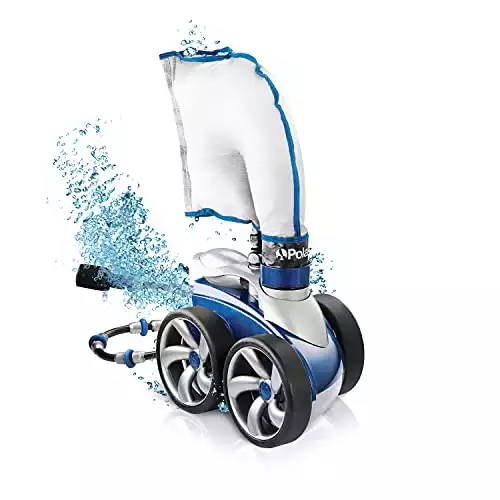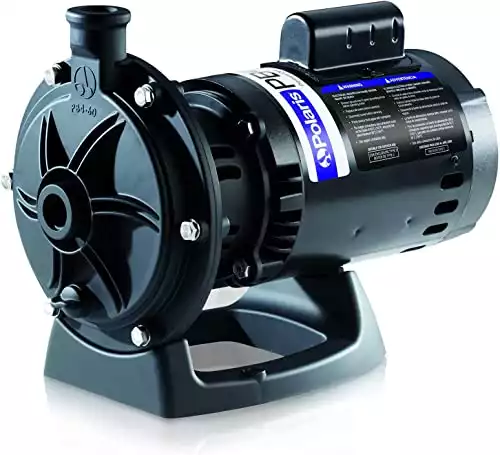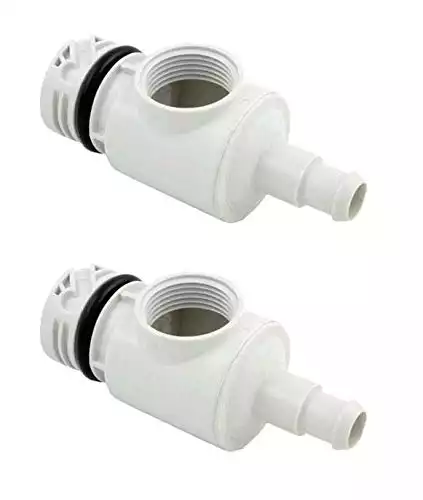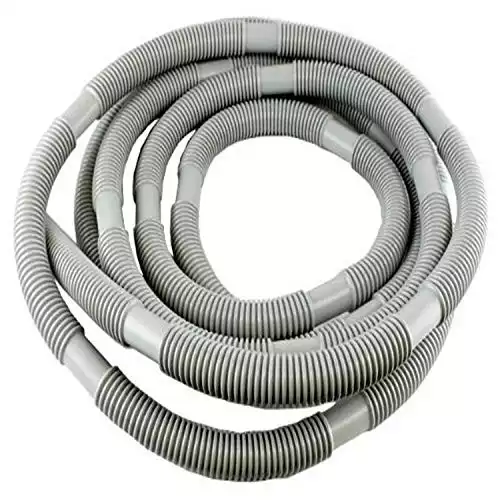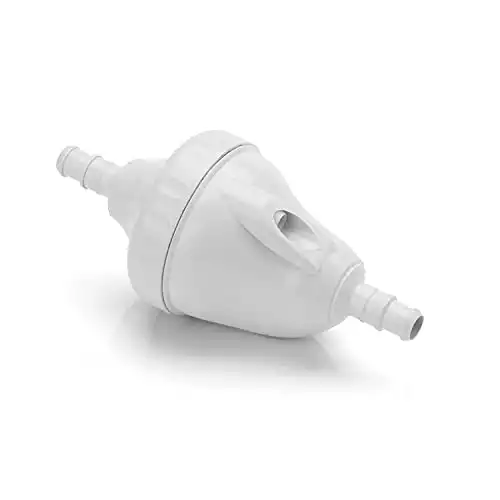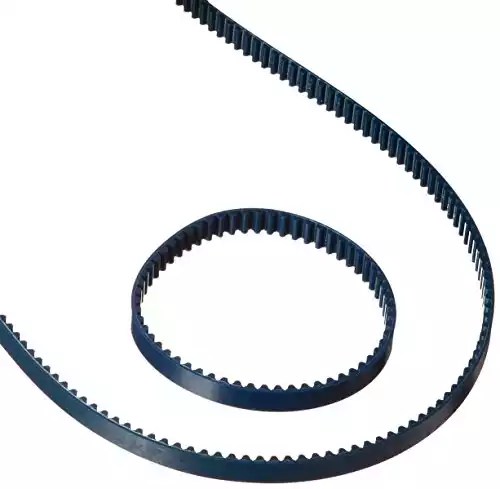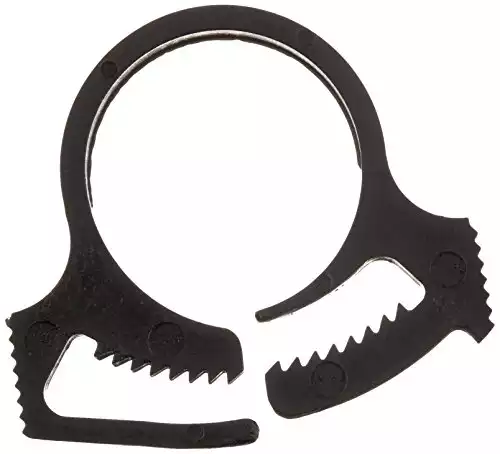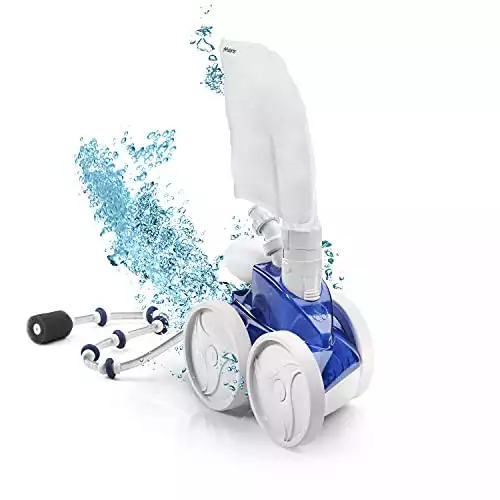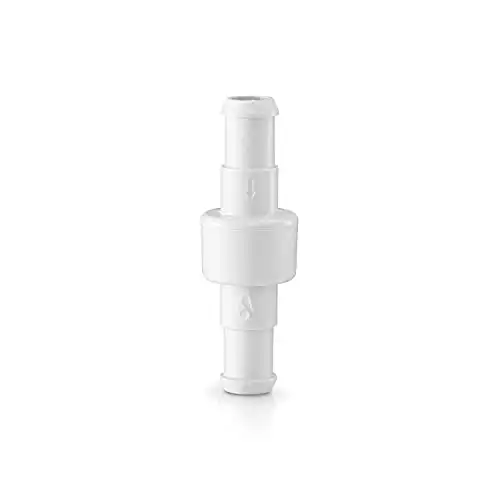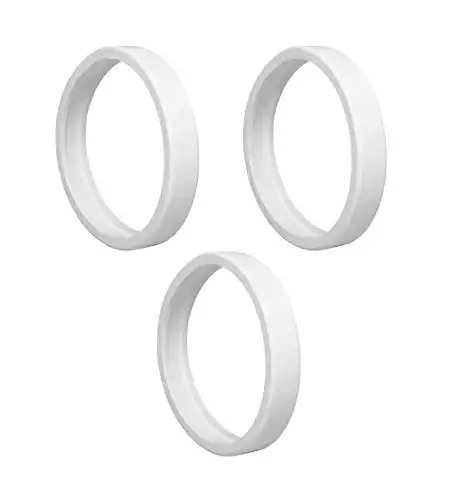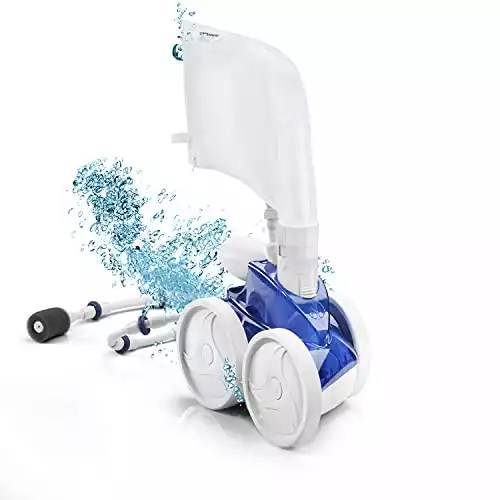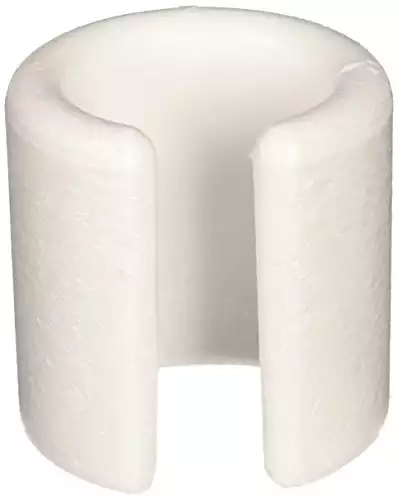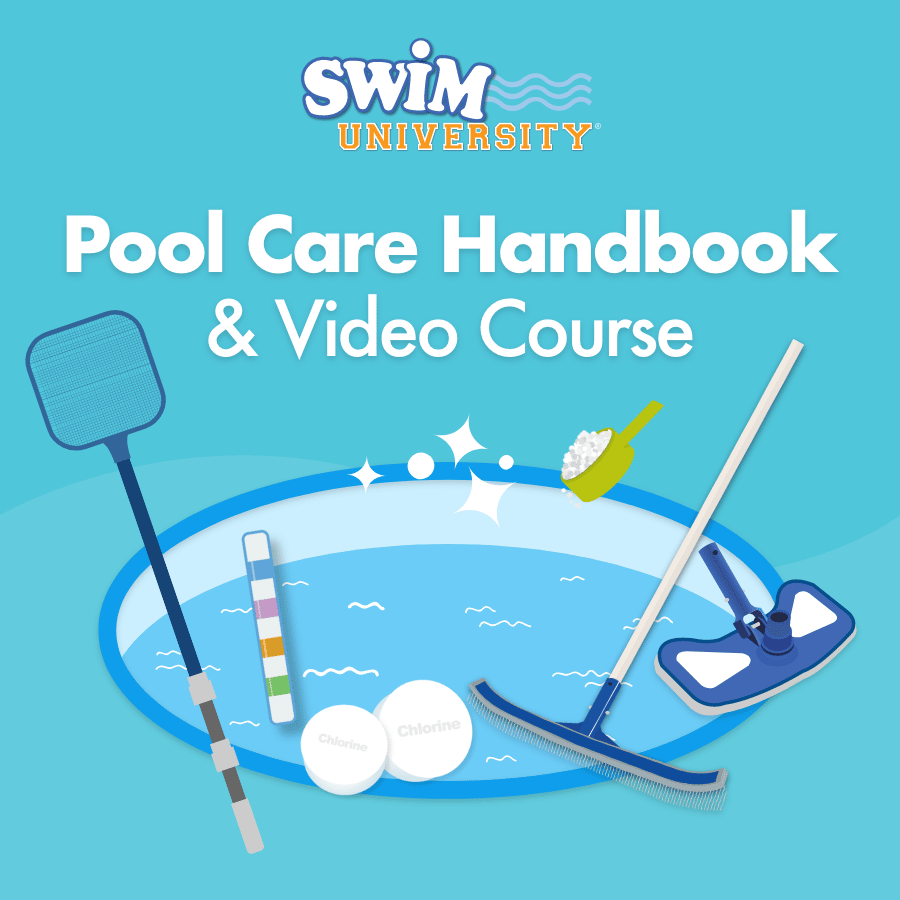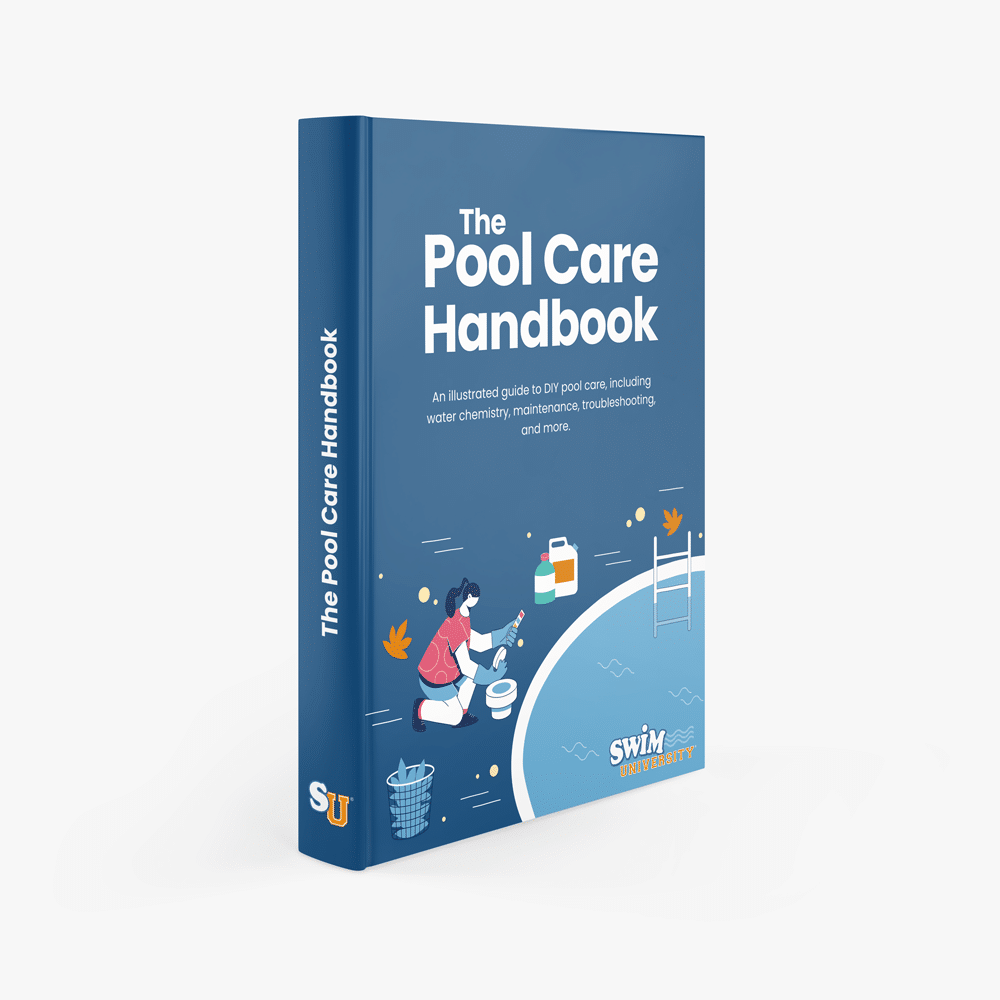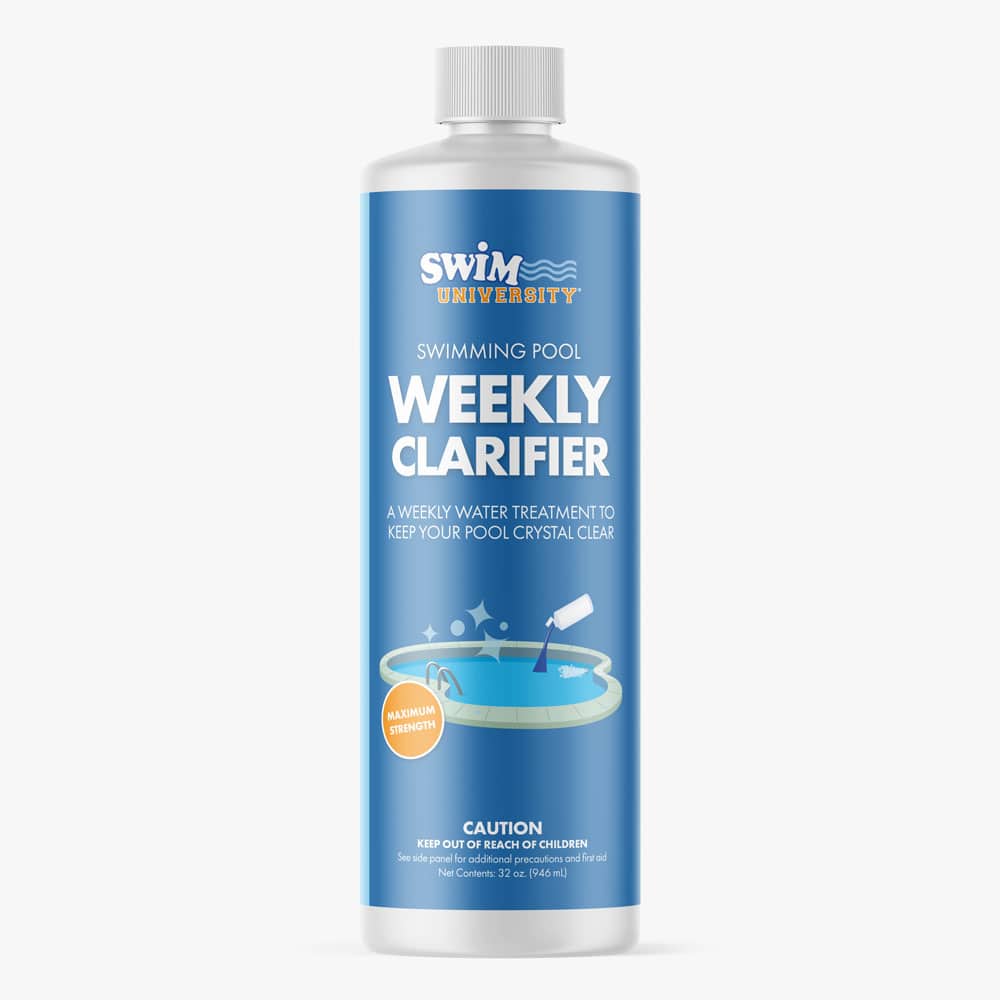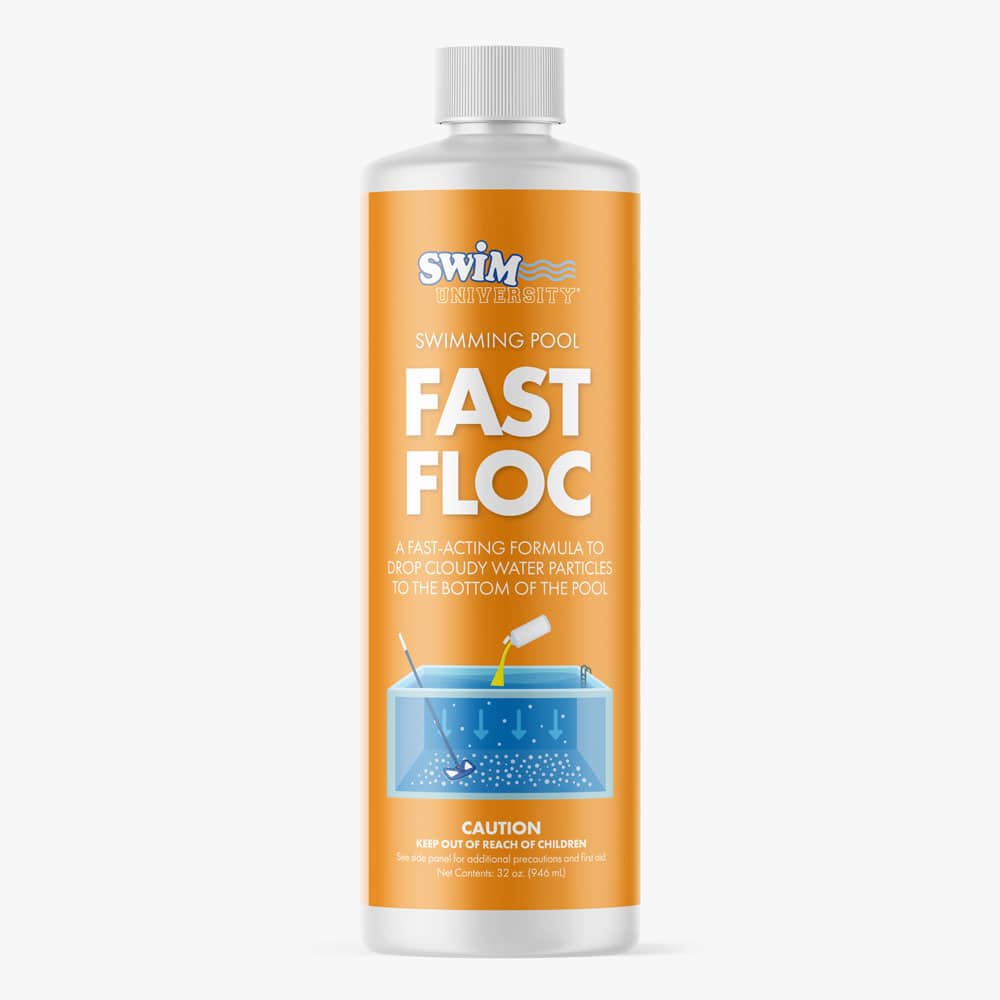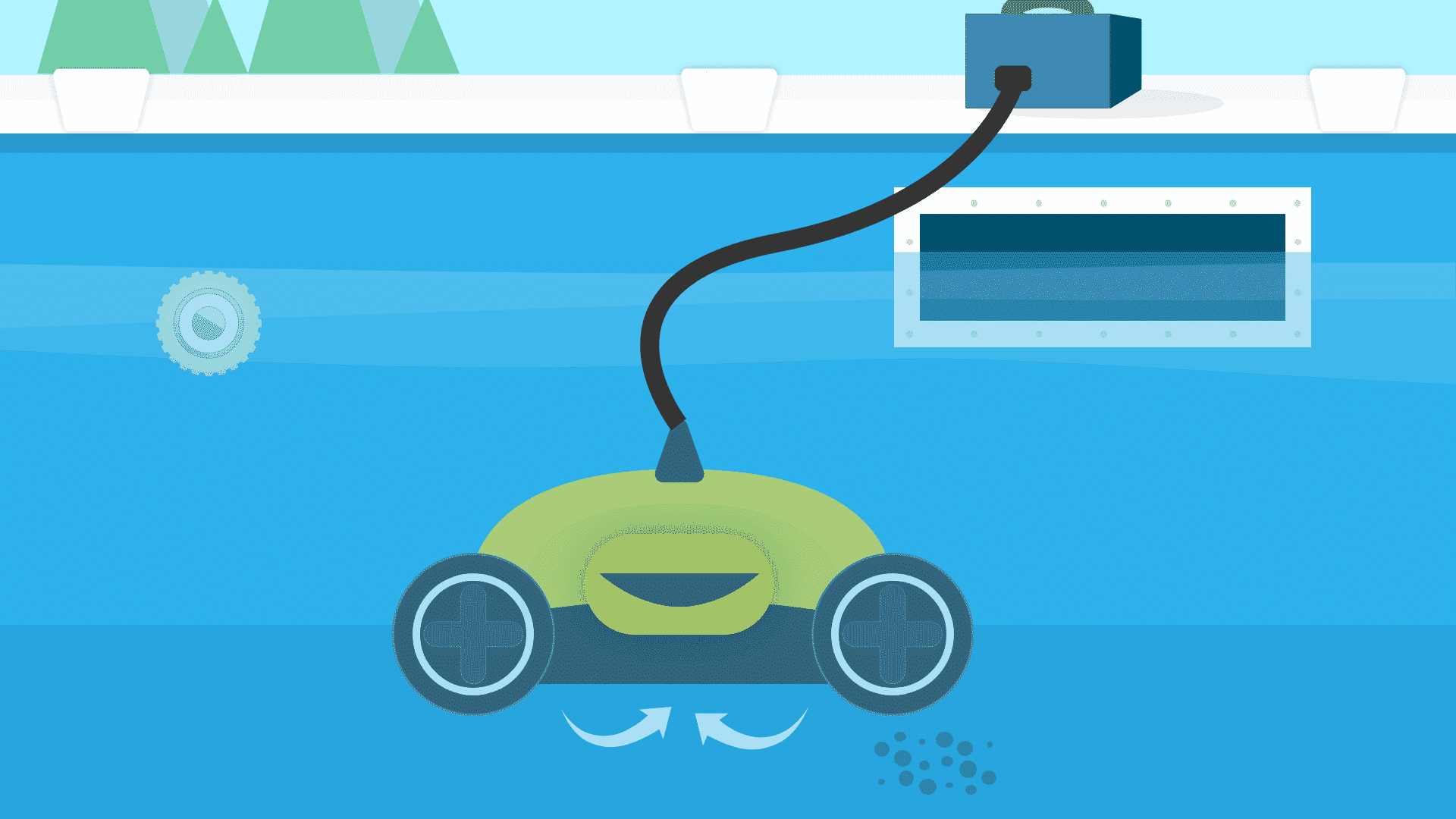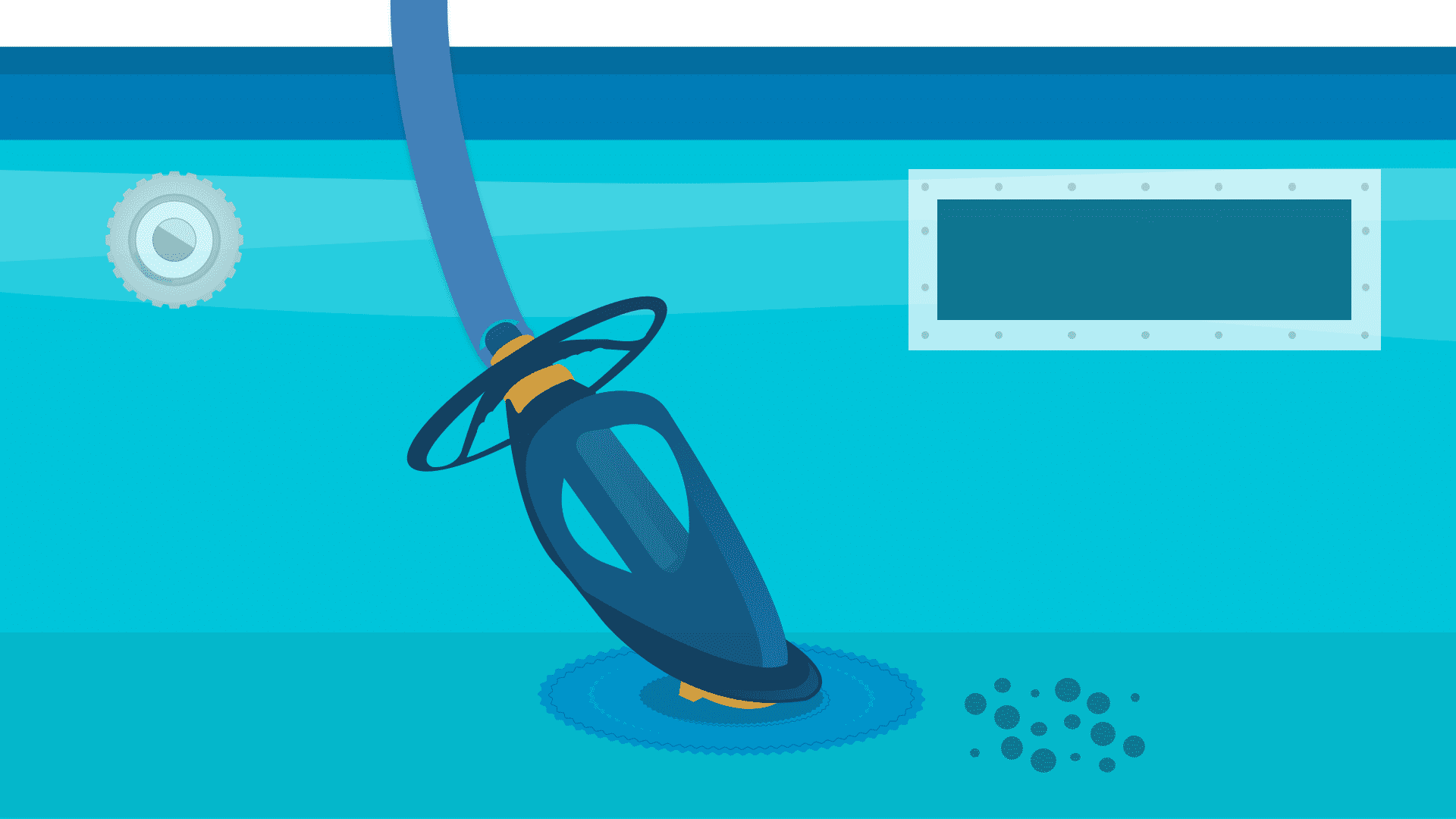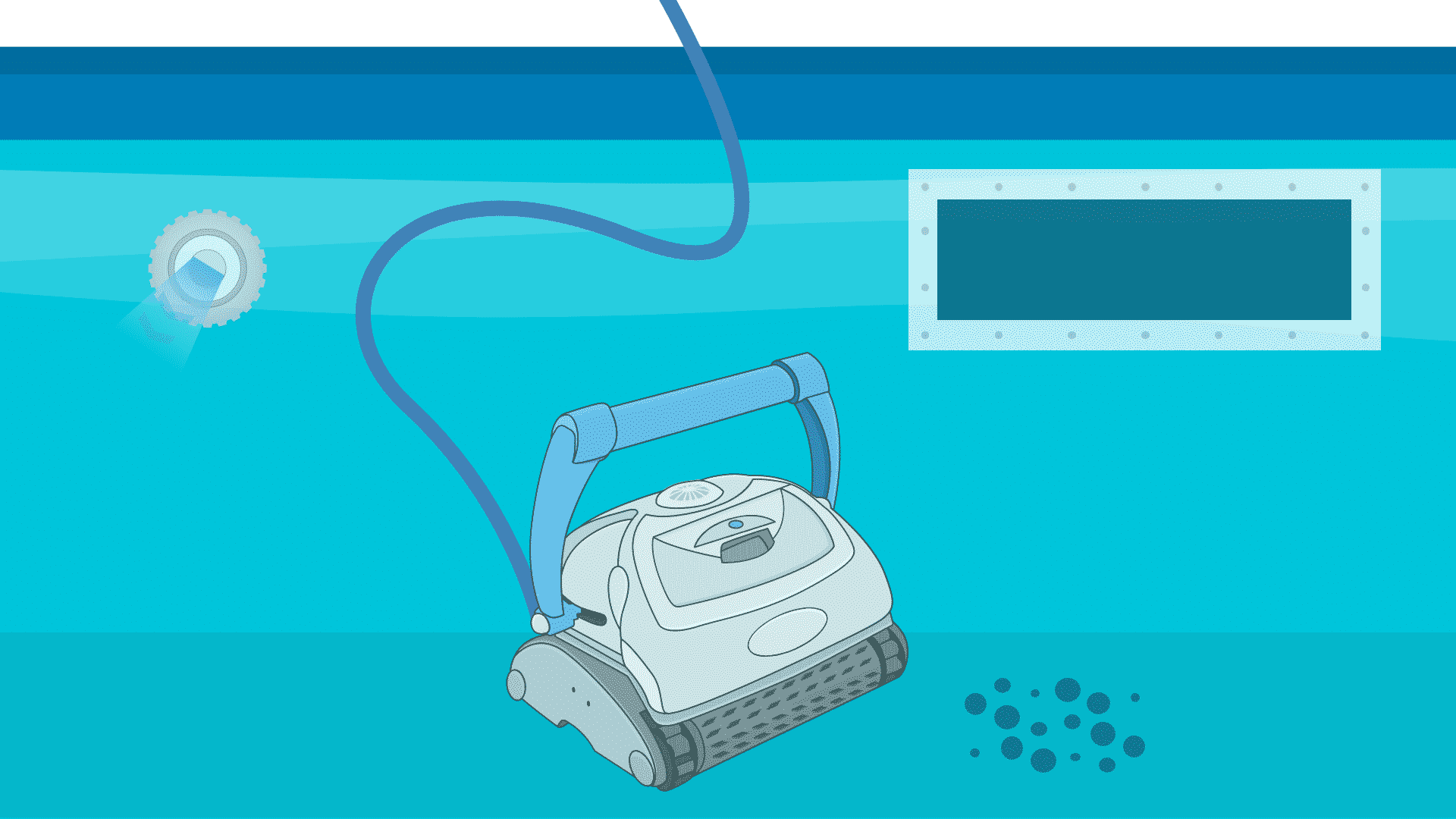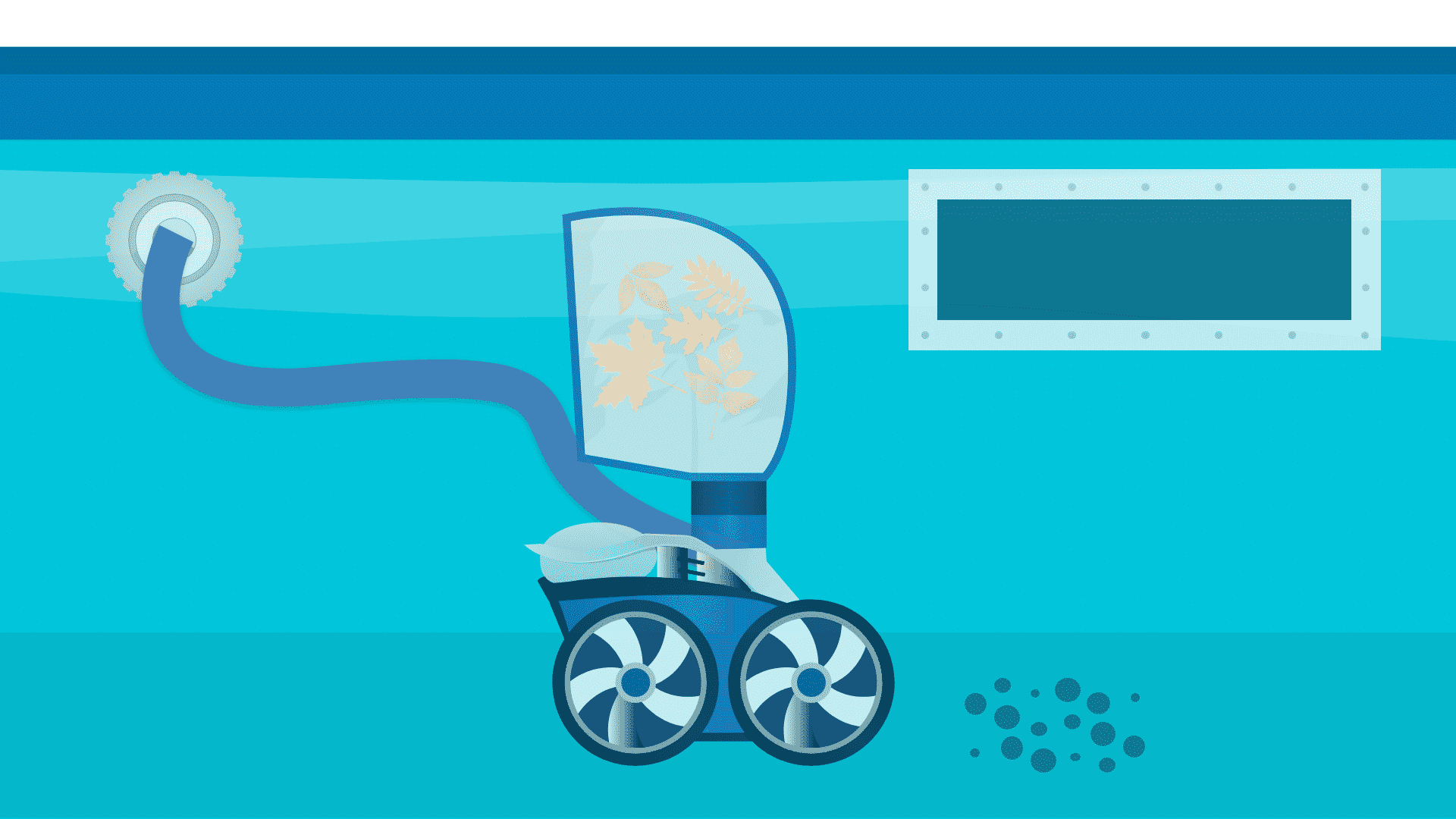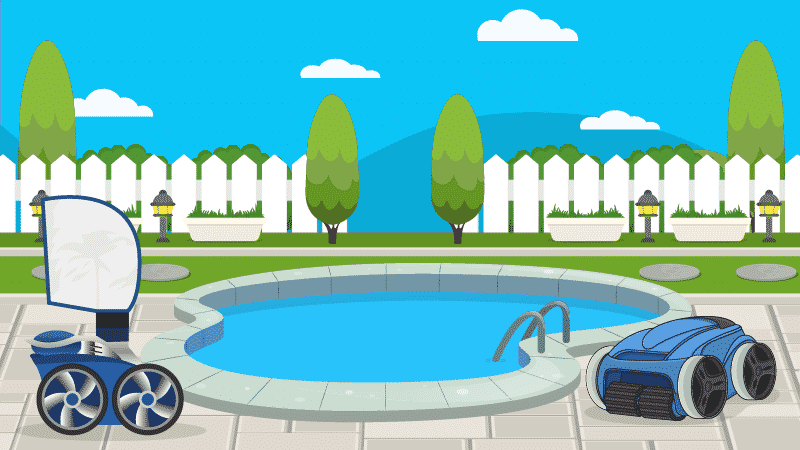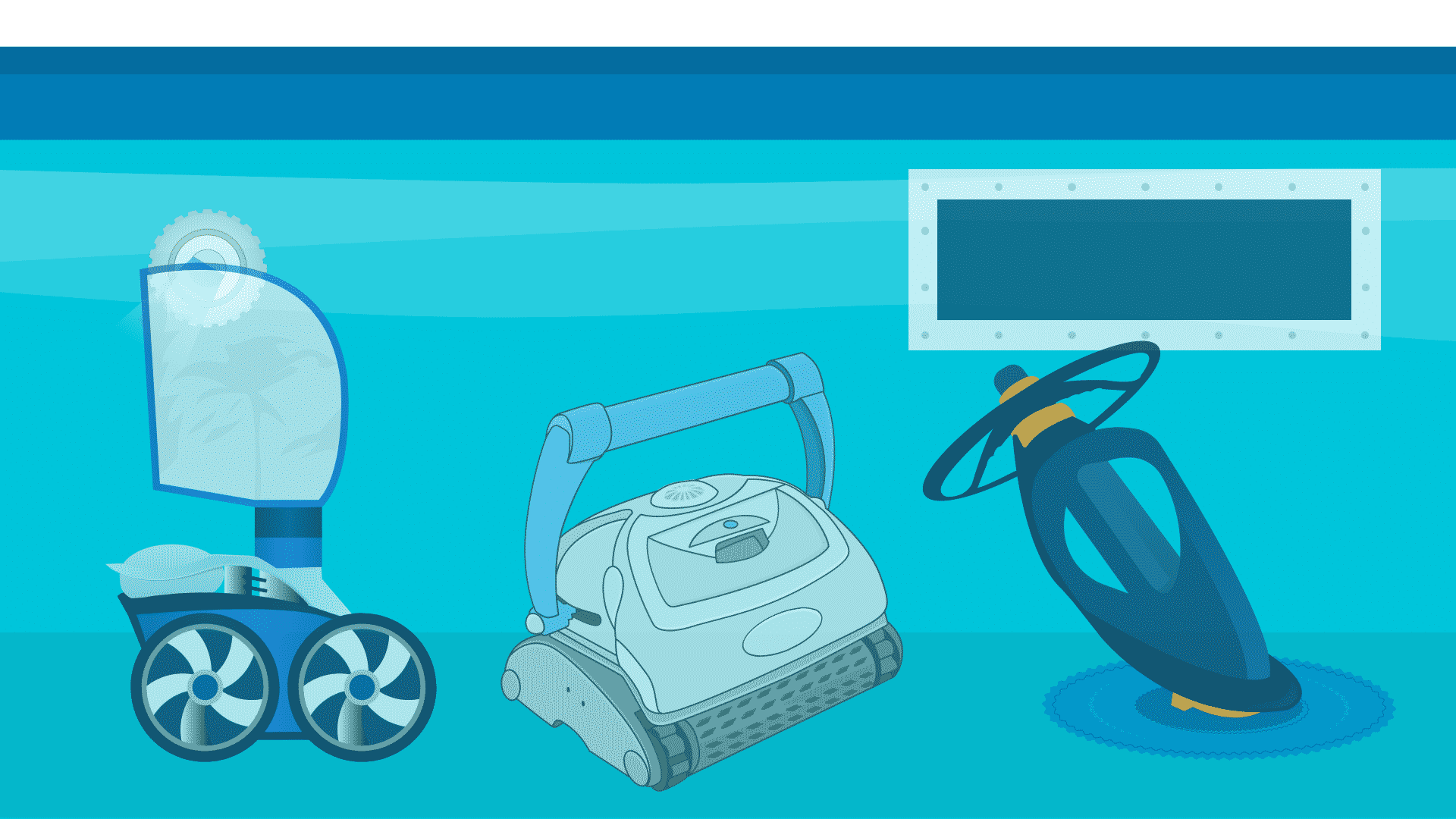A pool cleaner is one of the best investments you can make. It can save you a ton of time that you’d otherwise spend vacuuming and skimming your pool yourself. If you’ve ever let a robotic vacuum loose in your house, you know how awesome it can be to have a little device doing the hard work for you while you do, well, anything else.
One of the best-known brands in pool cleaners is Polaris, and for good reason. They’re reliable, they work well, and let’s face it, they’re cute little underwater robots. But like any mechanical device, they sometimes malfunction. Before you just toss it and go back to manual cleaning, try your hand at Polaris pool cleaner troubleshooting. Identifying the problem is half the battle.
Polaris Pool Cleaner Troubleshooting Tips
Lots of things can go wrong with a pool cleaner, including damage from things like falling tree limbs, animals, and even the sun. Of course, these are much more likely if you leave your Polaris pool cleaner out in the open instead of storing it in a shed or garage.
We’ll assume you’re putting your pool cleaner away when you’re not using it and focus on problems that can crop up while it’s in use.
Your Polaris Pool Cleaner Stops Moving
A common problem with automatic pool cleaners is they simply stop moving. There it is, happily vacuuming the bottom of your pool, when it suddenly just stops. You wait a few minutes to see if it’ll restart on its own, but no, it continues to sit there, waiting to be rescued.
A handful of problems may cause this stalling out.
Broken Booster Pump
If you’re not getting strong pressure from the return line you connect to the pool cleaner, it could be that the pump, filter, or the cleaner’s booster pump is malfunctioning.
Check your pump and filter first. If they’re working fine, you’ve narrowed it down to the booster pump. While it could be repaired, the time and expense in fixing it will probably add up to more than the cost of replacing it.
Note: Zodiac is the parent company of Polaris, so if you need to buy any new parts for your Polaris cleaner, they may be sold under the Zodiac name. Double check their parameters before buying to be sure they’ll fit your model.
Clogged or Broken Quick Disconnect
Your Polaris pool cleaner’s hose is attached to the return jet with a small piece called a quick disconnect. Inside this piece, there’s a screen to catch debris coming from your filter so that it doesn’t enter the pool cleaner. If that screen becomes clogged, your pool cleaner will protest by freezing in place.
Check the screen to make sure it’s clean and free of any sand or debris. If it’s clogged, detach it from the hose and return jet, and rinse it to dislodge and dispose of the debris.
While you have it detached, also check to see whether the the quick disconnect is broken. If it is, it’ll leak water and prevent the pool cleaner from getting the right amount of pressure, which will stall it. If it is broken, you’ll need to replace it.
Leaky Float Hose
A pool cleaner works by sucking up water and debris from the pool, capturing the debris in a filter bag, and then returning the clean water to the pool. The water is returned via the float hose, which runs from the pool cleaner to the return jet.
A leak in that hose will reduce pressure in the cleaner, stopping it in its tracks. If you find any leaks in the hose, you could try to seal them with waterproof tape. That may work for a while, but will eventually fail, and you’ll be right back where you started. You’re better off simply replacing the hose.
Leaky Back-Up Valve
A large, white device located on the Polaris hose, the back-up valve fires high-pressure bursts of water through its nozzle, which moves the cleaner, enabling it to clean the pool. If it’s leaky, or you notice it constantly spraying water, it needs to be replaced.
Broken Belts
Just like an indoor vacuum cleaner, a Polaris pool cleaner relies on drive belts that allow the wheels to turn. If a belt breaks, guess what? Yup. The cleaner comes to a screeching halt. Well, maybe not screeching. It is underwater, after all.
Anyway, if the back-up valve is working, and the tail is waving back and forth, but the wheels aren’t turning, sounds like a broken belt. Luckily, this is one of the easier Polaris pool cleaner troubleshooting methods.
Simply lift the cleaner from the bottom of the pool, and check to see whether all the wheels turn. If they don’t, open up the cleaner, and locate the belts to see whether they’re damaged. You may have a little trouble finding them if they have indeed snapped. There’s no repair to be made here. You’ll just need to pick up a new set of belts.
Disconnected Internal Tubing
A Polaris cleaner has water tubes inside that direct pressure throughout the cleaning unit. They can sometimes become disconnected, which reduces the internal pressure, which makes the cleaner stop moving.
Open up the cleaner and make sure all the internal tubing is connected the way it’s supposed to be. You’ll be able to tell if it’s not. The fix should be as easy as simply reattaching them, but if they won’t stay on their own, you may need to use hose clamps to keep them in place.
Cut the confusion with our easy-to-use video course. Save $1,000's on pool care and keep your water clean and clear for good!
Learn MoreYour Polaris Pool Cleaner Gets All Tangled Up
So it’s not that your cleaner has stopped moving. In fact, it’s moving around the pool so well, it’s gotten itself all wrapped up in its own hose or power cable, so it’s basically holding itself hostage until you pay a ransom. Or, well, until you untangle it.
How can you avoid tangles and keep your pool cleaner running smoothly?
Shorten the Hose Length
One of the first steps in Polaris pool cleaner troubleshooting for tangles is to check the hose length. You do need a little play in the hose so the cleaner can move freely, but a too-long hose will have a hard time swiveling along with the cleaner.
It’s easy to figure out how long the hose needs to be.
- Connect the hose to the quick disconnect in the pool wall.
- Hold the other end of the hose, and walk to the point of the pool farthest from the wall connection. There should be enough hose to reach that point, plus or minus about six inches.
If it’s too long, you’ll need to cut it.
- Measure the depth at the deepest part of your pool.
- Cut the lead hose section (the first part of the hose that is connected directly to the cleaner) to match the pool’s depth.
- Run the hose from the wall port to the farthest point again. If it’s still too long, cut equal portions from the remaining hose segments.
- Reassemble the pool cleaner and let it loose!
Stretch Out the Hoses and Cables
Sometimes, the reason hoses and cables become tangled is because they’re stiff and not pliable enough to move freely as the cleaner works. You can use the power of the sun to help alleviate this.
On a warm, sunny day, completely disconnect the float hose and power cable. Then stretch them out across your lawn or driveway, anywhere you have room for them to be fully laid out. Work out any tangles or kinks so they’re straight.
Leave them in the sun for two or three hours. The warmth will soften the plastic a little, making them more pliable so when they go back into the water, they’ll be able to move around better with the cleaner as it works.
The Polaris 360 automatic pool cleaner improves water circulation and helps mix chemicals and heat while it cleans the bottom and walls of your pool. It’s powerful enough to pick up larger items like leaves and pebbles, catching the debris in its own filter bag.
Check the Connectors
In order to avoid tangling, the hose needs to move freely, and the swivel connectors that join the hose segments are what allow this movement.
Actually, it’s small ball bearings inside the connectors that create the swivel action. If those ball bearings can’t roll, the connectors can’t swivel, the hose can’t move properly, and you have a tangle on your hands.
Check the connectors to ensure they move freely. If they don’t, apply a little waterproof lubricant to ball bearings. If this doesn’t help, you may need to replace the connectors.
Measure the Cleaner’s RPMs
The wheels on your pool cleaner are designed to work at a specific revolutions per minute (RPM) setting. If the wheels lack resistance, and the RPMs are too high, the wheels will turn faster than they should, and the hose may become tangled.
Not only that, but if the cleaner’s wheels rotate too slowly, it won’t be able to get around the pool well. If they rotate too quickly, the cleaner will lift off the floor, and won’t be able to vacuum properly. Adjusting the wheel’s RPMs will fix both problems, as well as helping to prevent tangles.
- Check the owner’s manual to find the recommended RPMs for your pool cleaner model.
- Using a marker, put a small line on one tire.
- Note the starting point (where the mark is).
- Turn the cleaner on, and submerge it just below the pool surface.
- Set a timer for one minute.
- Count one tire rotation each time your mark passes the starting point.
- When the minute is up, compare the RPMs you counted to the manual’s recommendation to ensure the total falls somewhere within that range.
- If it doesn’t, adjust as necessary, and repeat the test until you achieve the appropriate RPMs.
While you’re at it, check the wheels for wear and tear. If they appear damaged or worn down, replace them before putting your cleaner back in the pool.
Check the Weather
If you run your pool cleaner when the weather is cooler, you’ll lose that benefit of having softened up the hose and cable by laying them out in the sun. They’ll harden up again, which will increase the probability of tangling.
The first solution is to avoid running your cleaner when the temperature dips below 70°F (21°C). If you absolutely have to run it in cool weather, try laying the hose and cable out in the sun for a little while before putting the cleaner in the pool. Then keep an eye on the cleaner as it works so you can untangle any knots as soon as they occur.
Add More Hose Floats
In order to work properly, move around, and keep from getting tangled, your pool cleaner’s hose needs to float. Otherwise, it’ll just get dragged around the bottom of the pool, and end up in knots.
The solution is easy. Add more hose floats! Just take care not to add so many that the cleaner can’t even sink to the bottom anymore.
Replaceable hose floats for the Polaris 360 only.
When All Else Fails …
Sometimes, the hose will continue to get tangled no matter what you do. This is especially true if it’s ever become so badly tangled that it’s kinked. If this happens, order a replacement hose. Just be sure to check that it will fit your Polaris pool cleaner model.
When you get your new hose, stretch it out in the sun for a few hours before using it. This will give it a bit of a head start in avoiding tangles.
You’re a Troubleshooting Pro!
There’s no stopping you now! You’ll be able to tackle all kinds of Polaris pool cleaner troubleshooting, quickly fix some common problems, and save yourself some money. Plus, you’ll help your device do its job, keeping your pool cleaner so you can enjoy it more.
Remember, if all else fails, you can always take it to your local Polaris dealer and have them take a look at it for you.
Happy Swimming!
Need More Pool Maintenance Help?
- Download our free Pool Care Cheat Sheet. It’s a free, easy-to-use guide to help you keep track of taking care of your pool.
- Subscribe to our Swim University YouTube Channel. We publish free video tutorials throughout the pool season.
- Check out our Pool Care Course. You’ll get 30+ step-by-step videos and a downloadable guide with everything you need to know about pool maintenance.
